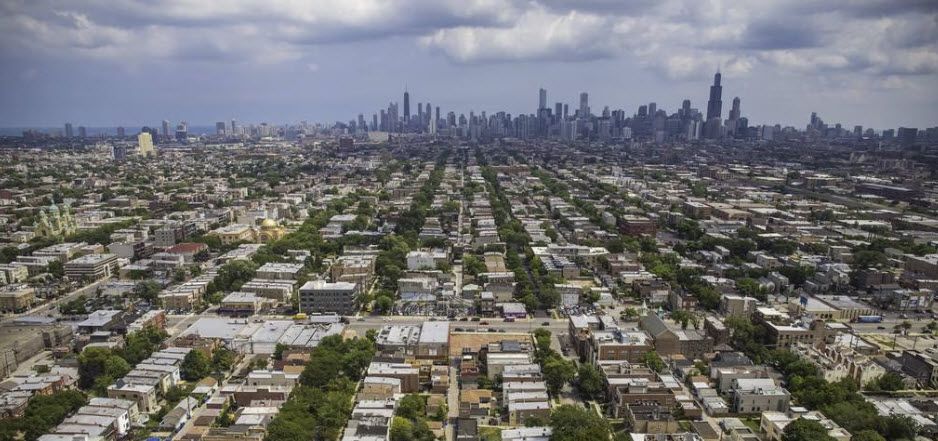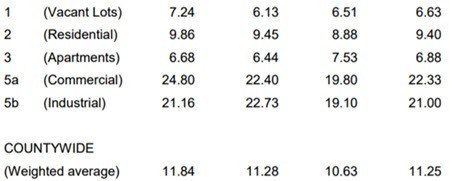Cook County Final Multiplier Announced
SPRINGFIELD – The Illinois Department of Revenue announces the final 2017
equalization factor of 2.9627 for Cook County. The Department is required by law
to calculate the factor, also called the multiplier, to achieve uniform property
assessment throughout the state. The 2016 final equalization factor was 2.8032.
The Department determines the final equalization factor for each county
by comparing the actual selling price of individual properties, over a three-year
period, with the assessed value placed on those properties by the county
assessor and adjusted by the Board of Review. If the median level of assessment
for all property in the county varies from the 33 1/3 percent level required by law,
an equalization factor is assigned to bring assessments to the legally mandated
level.
A tentative equalization factor of 2.9084 was issued on February 20, 2018.
The final factor is different than the tentative factor because of assessment
reductions by the Cook County Board of Review.
The three-year average level of assessments (weighted by class) for Cook
County property is 11.25 percent. The Department calculated the multiplier to
bring the average level of assessments to the required 33 1/3 percent level by
dividing Cook County’s three-year average of 11.25 into 33.33.
After taking into account the assessment changes by the Board of Review,
the levels of assessment are as follows:
Class
2014
2015
2016
3-Year
Average
The equalization factor does not cause individual tax bills to go up. Local
taxing bodies determine tax bills when they request the dollars needed to provide
services to citizens. The assessment process simply determines how the bill will
be divided among taxpayers.
A Cook County ordinance requires that residential property (homes,
condominiums, apartment buildings of six units or less) be assessed at 10
percent of market value; all other residential property (apartments with more than
six units), 10 percent; vacant lots, 10 percent; property owned by not-for-profit
corporations, 25 percent; commercial property, 25 percent; industrial property, 25
percent; and commercial or industrial property being developed in economically
deprived areas, usually 10 percent.











